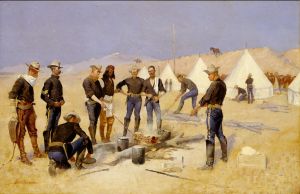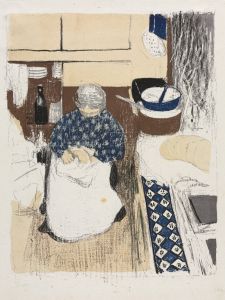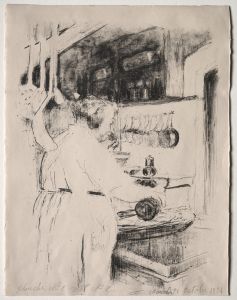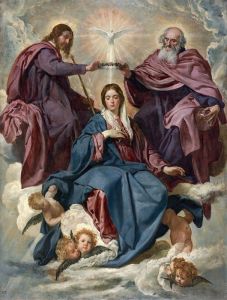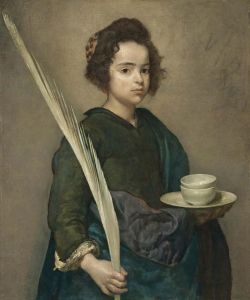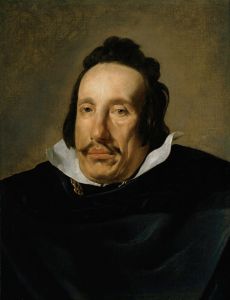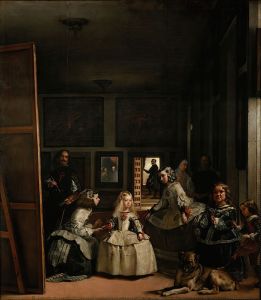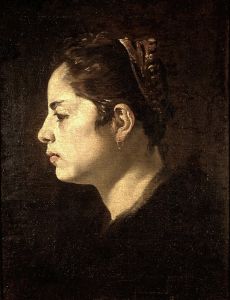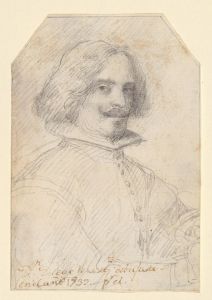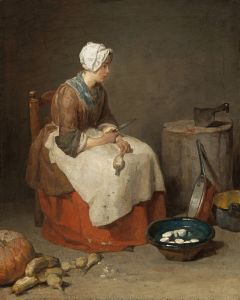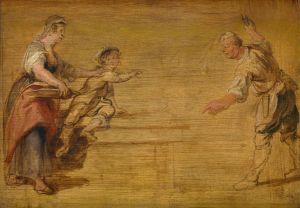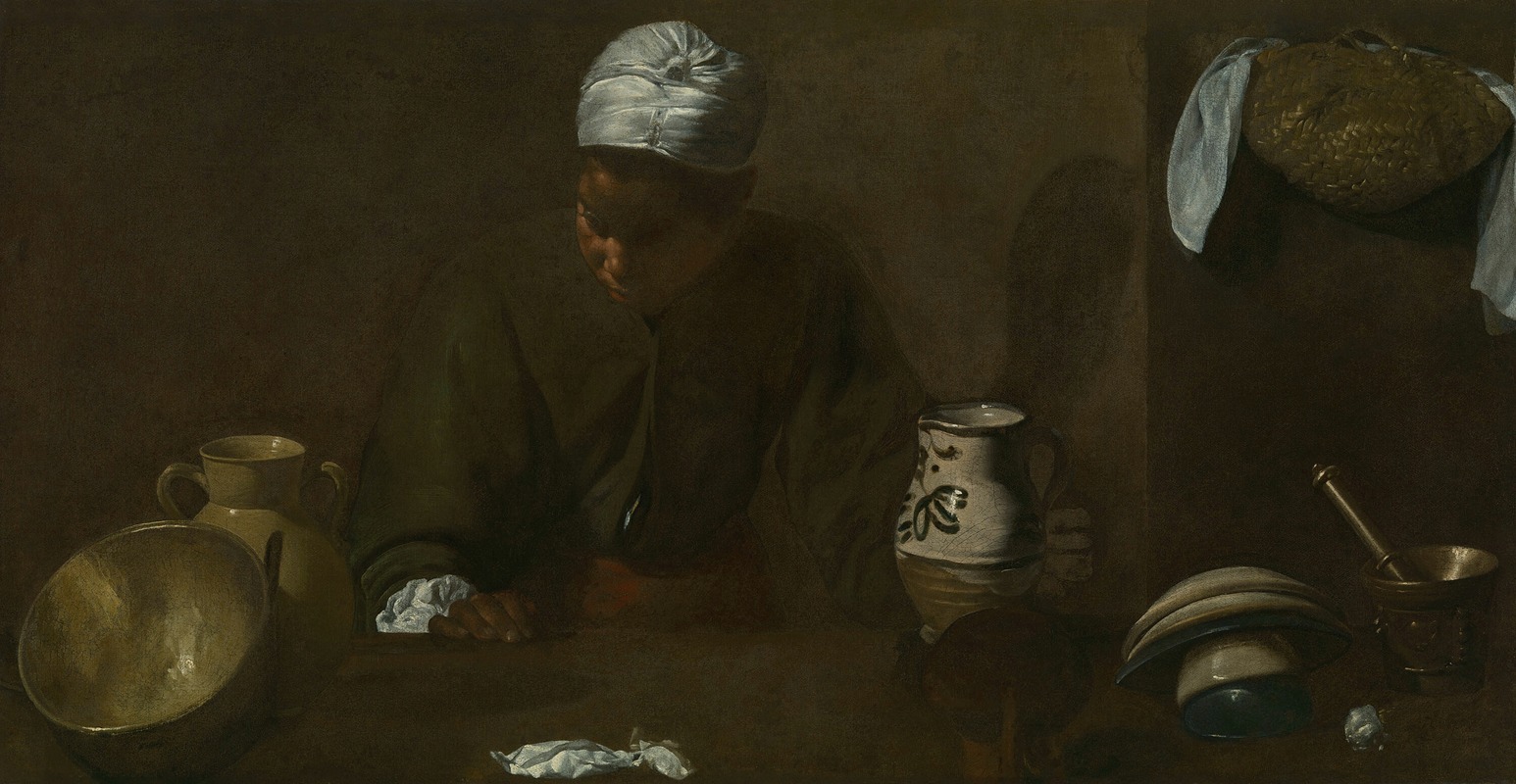
Kitchen Scene
A hand-painted replica of Diego Velázquez’s masterpiece Kitchen Scene, meticulously crafted by professional artists to capture the true essence of the original. Each piece is created with museum-quality canvas and rare mineral pigments, carefully painted by experienced artists with delicate brushstrokes and rich, layered colors to perfectly recreate the texture of the original artwork. Unlike machine-printed reproductions, this hand-painted version brings the painting to life, infused with the artist’s emotions and skill in every stroke. Whether for personal collection or home decoration, it instantly elevates the artistic atmosphere of any space.
Diego Velázquez, one of the most prominent Spanish painters of the 17th century, is renowned for his masterful technique and keen observation of reality. Among his early works is "Kitchen Scene," a painting that exemplifies his skill in capturing everyday life with remarkable detail and realism. This work is believed to have been created during Velázquez's formative years in Seville, where he was deeply influenced by the Spanish Baroque style and the tenebrist lighting techniques popularized by Caravaggio.
"Kitchen Scene" is an example of a bodegón, a genre of still life painting that often includes figures and is set in a kitchen or tavern. This genre was particularly popular in Spain during the early 17th century. Velázquez's bodegones are notable for their realistic depiction of humble subjects and their ability to convey a sense of narrative through everyday scenes.
In "Kitchen Scene," Velázquez presents a domestic interior with a focus on the preparation of food. The painting features a young woman, possibly a maid or cook, engaged in her work. She is surrounded by various kitchen implements and ingredients, meticulously rendered to highlight their textures and forms. The composition is characterized by a strong contrast between light and shadow, a technique that Velázquez employed to create a sense of depth and volume.
The attention to detail in "Kitchen Scene" is remarkable. Velázquez's ability to depict the reflective surfaces of metal pots, the rough texture of bread, and the translucency of eggshells demonstrates his keen observational skills and technical prowess. This level of detail not only showcases Velázquez's artistic abilities but also elevates the mundane subject matter to a level of significance and dignity.
Velázquez's "Kitchen Scene" also reflects the socio-economic context of 17th-century Spain. The focus on a working-class individual and the depiction of a simple, everyday task suggest an interest in the lives of ordinary people, a theme that recurs throughout Velázquez's oeuvre. This interest in realism and the human condition aligns with the broader trends of the Spanish Baroque period, which often sought to depict the world with honesty and emotional depth.
While "Kitchen Scene" may not be as widely recognized as some of Velázquez's later works, such as "Las Meninas" or "The Surrender of Breda," it remains an important piece in understanding the development of his artistic style. The painting exemplifies Velázquez's early exploration of light, texture, and composition, elements that he would continue to refine throughout his career.
In summary, Diego Velázquez's "Kitchen Scene" is a testament to his early mastery of the bodegón genre and his ability to infuse everyday scenes with a sense of realism and narrative depth. Through his meticulous attention to detail and skillful use of light and shadow, Velázquez elevates a simple kitchen scene into a work of art that reflects both the artist's technical abilities and his interest in the human experience.





